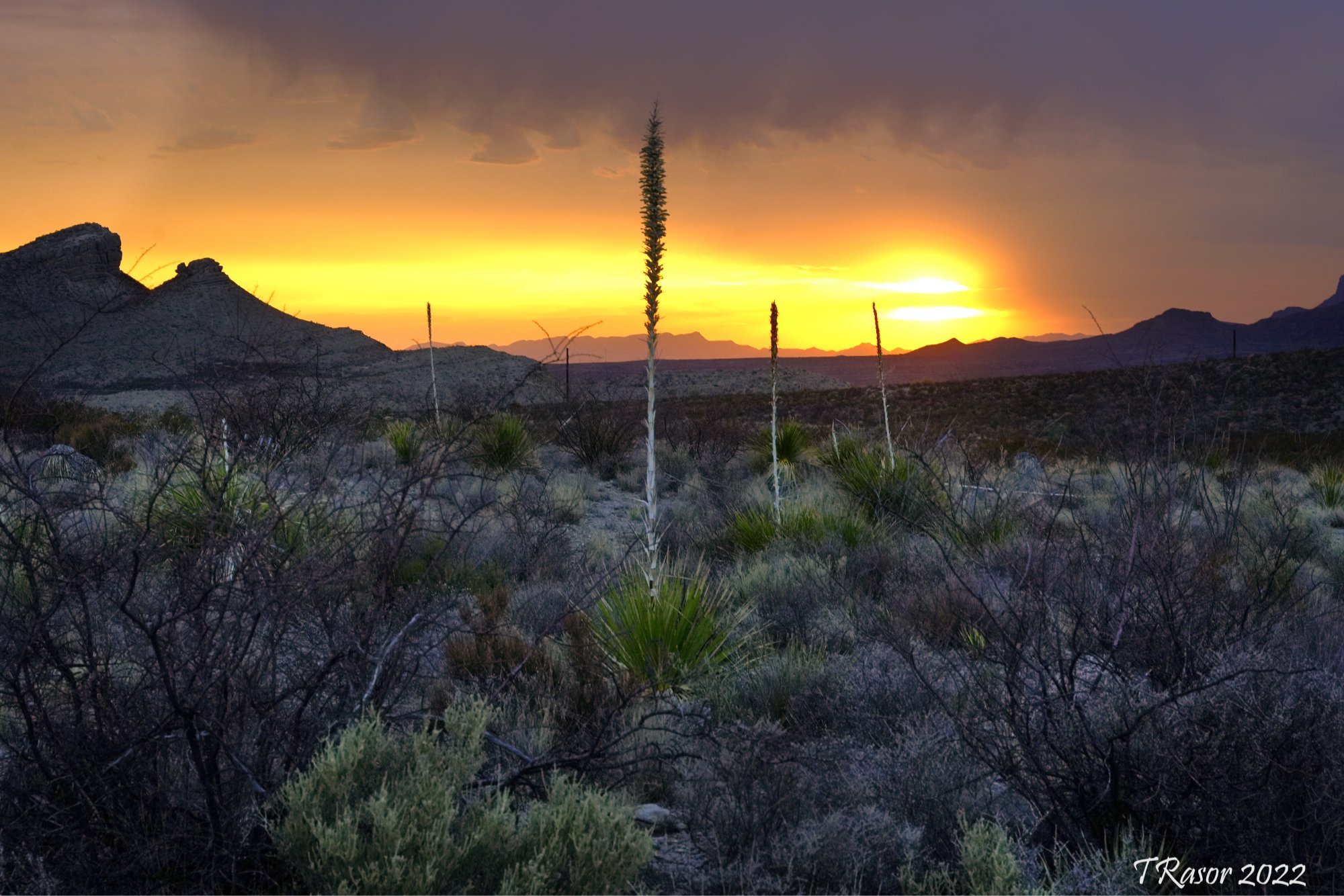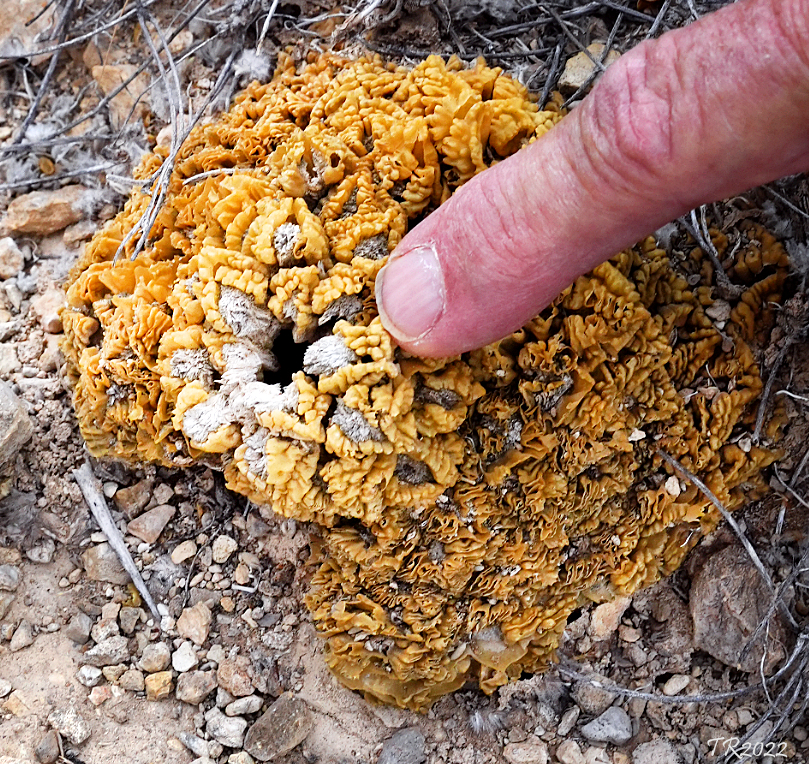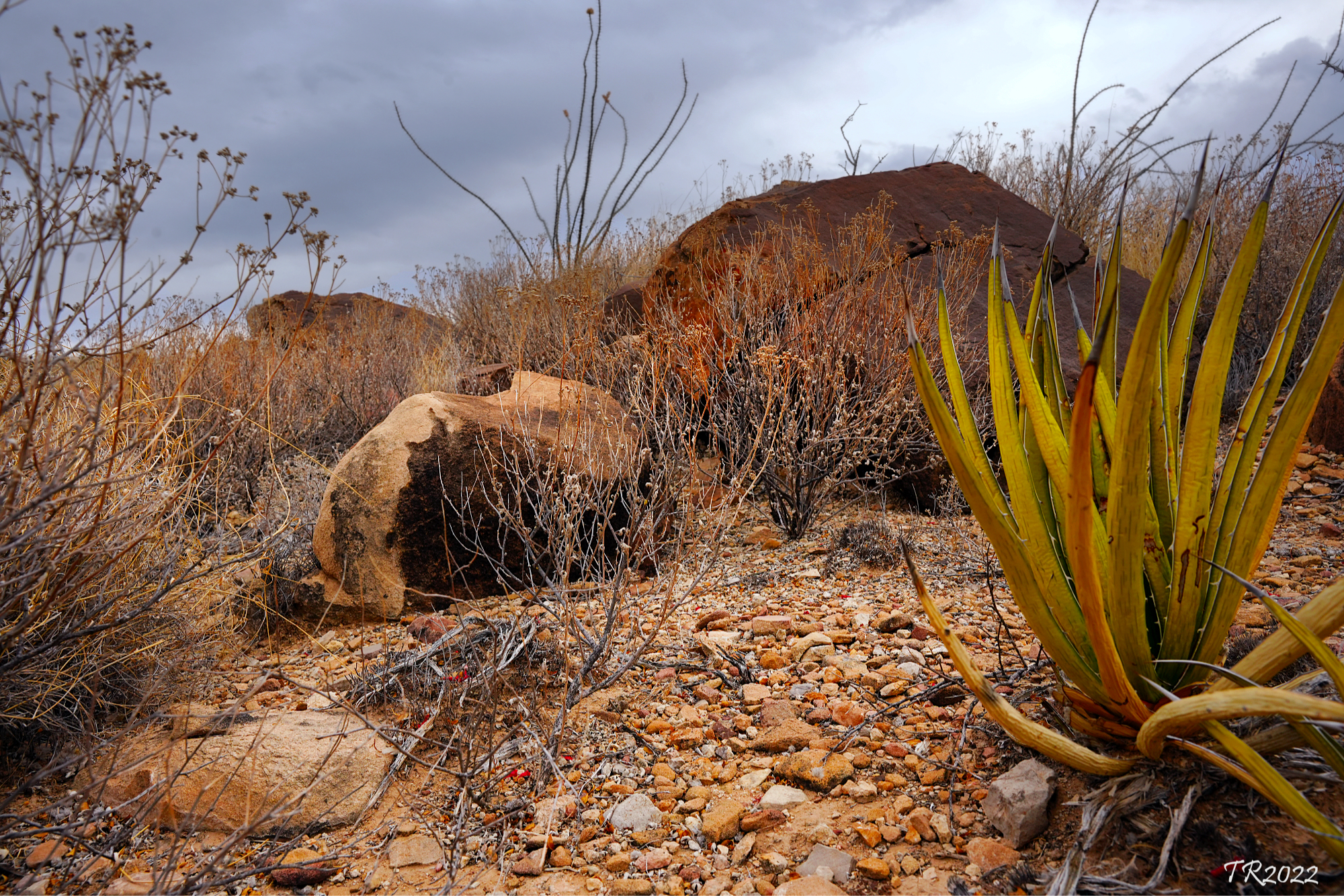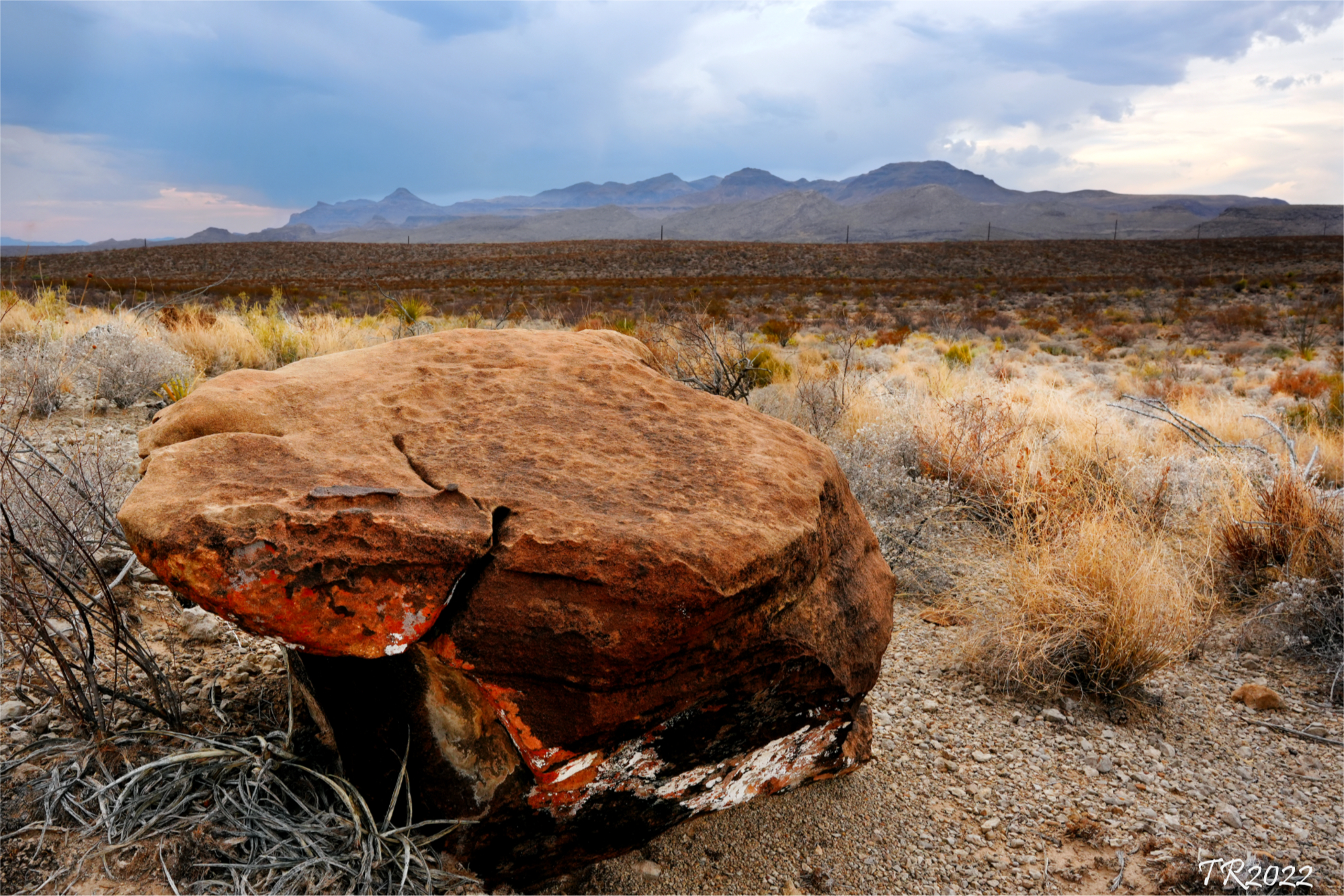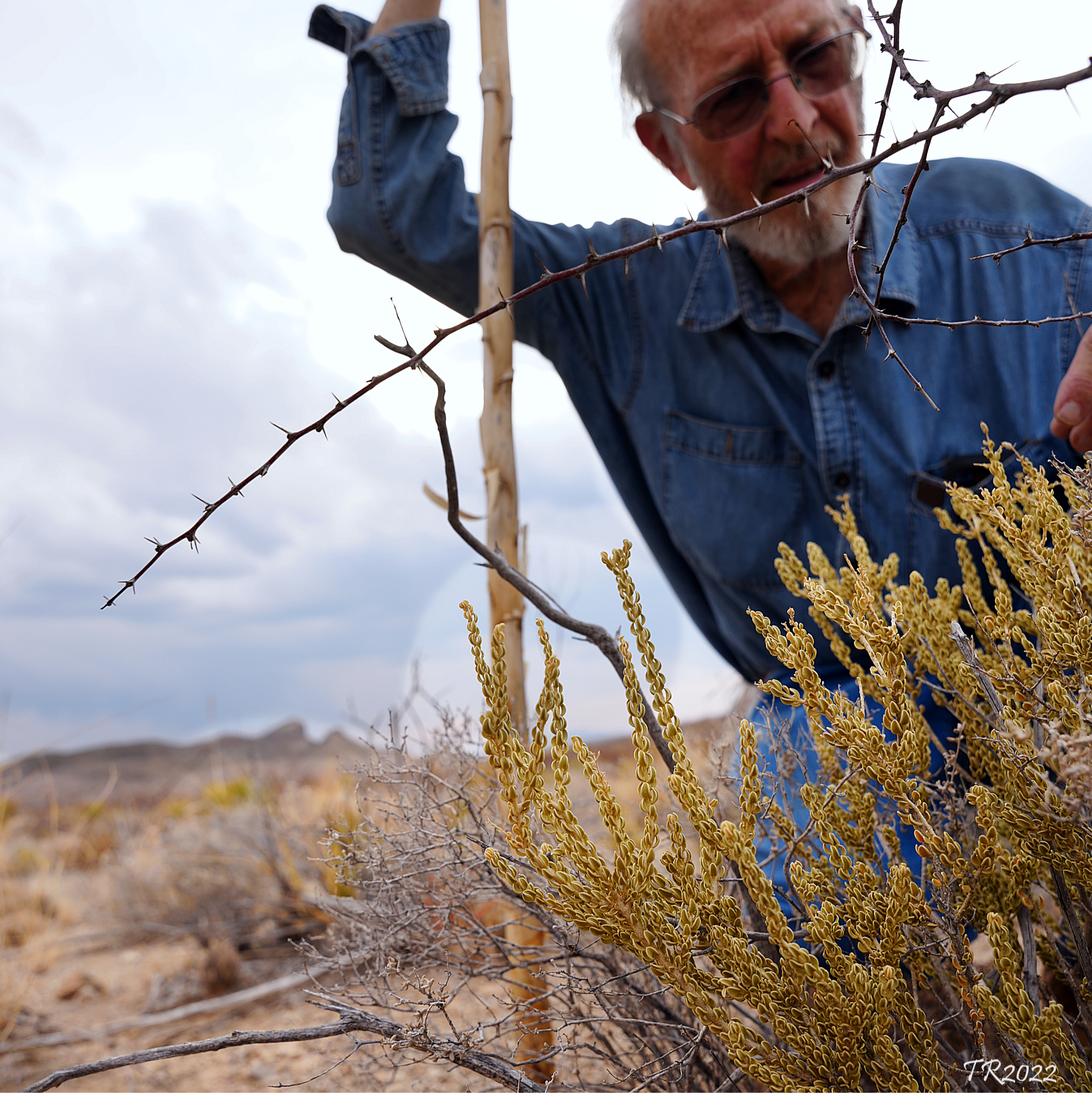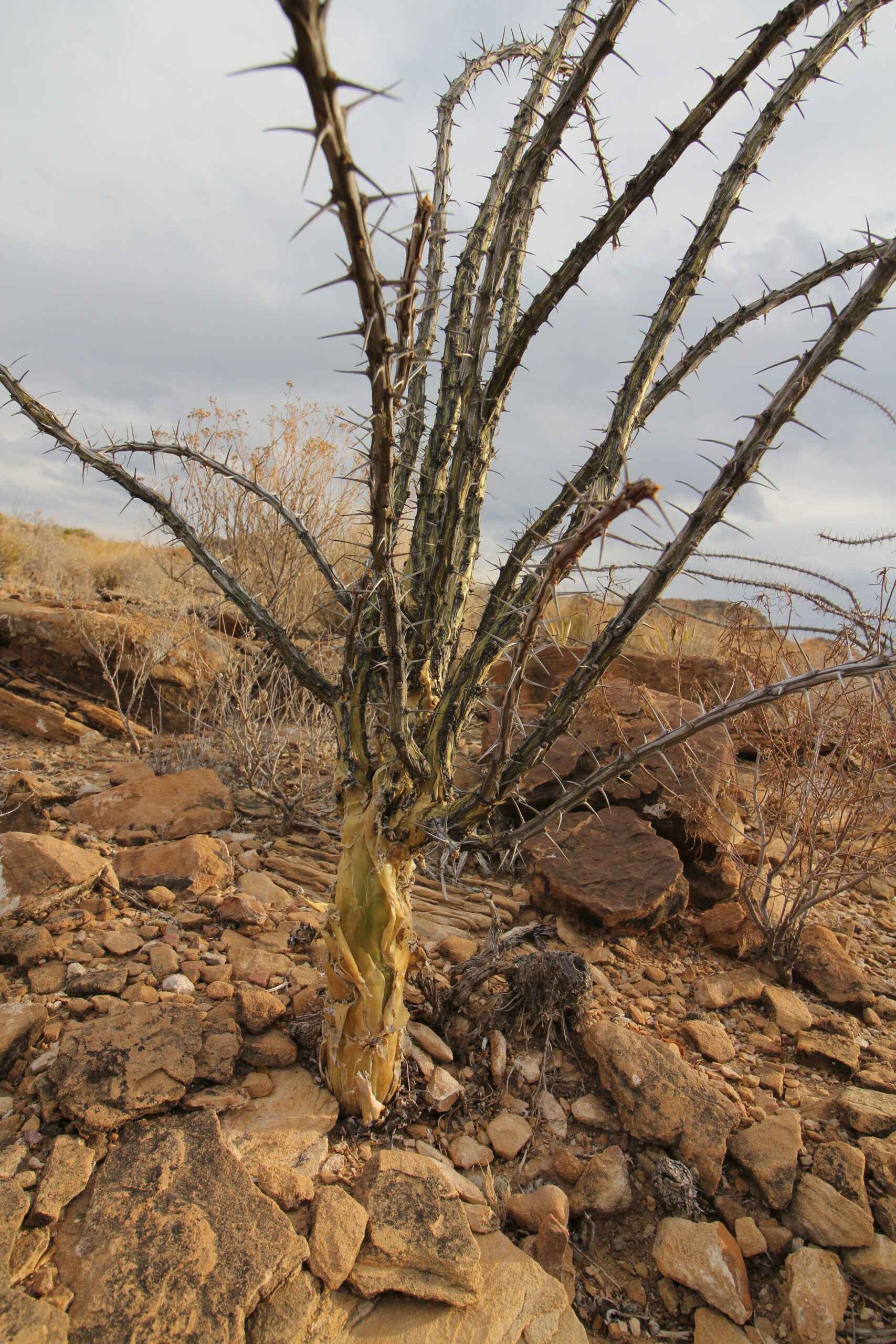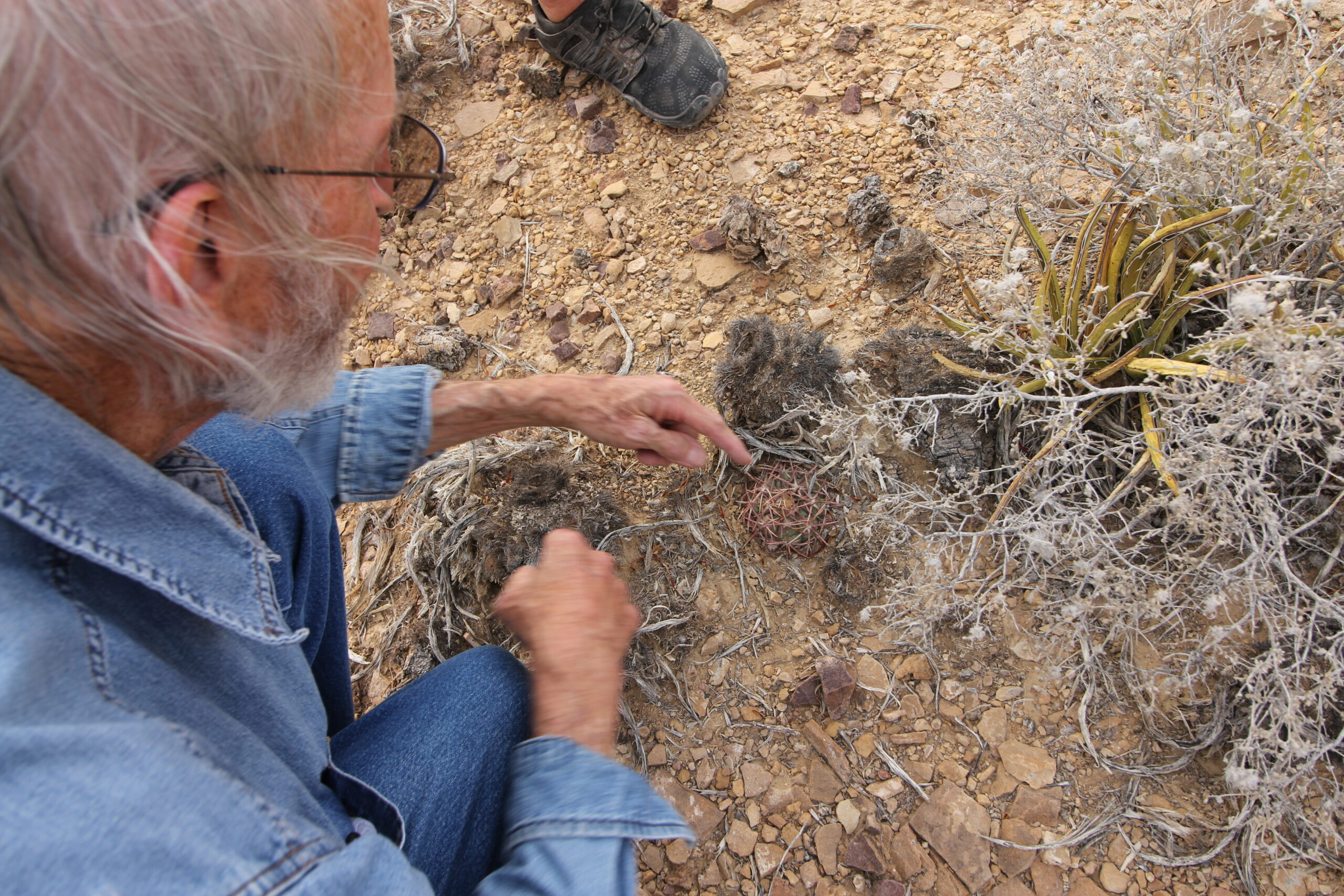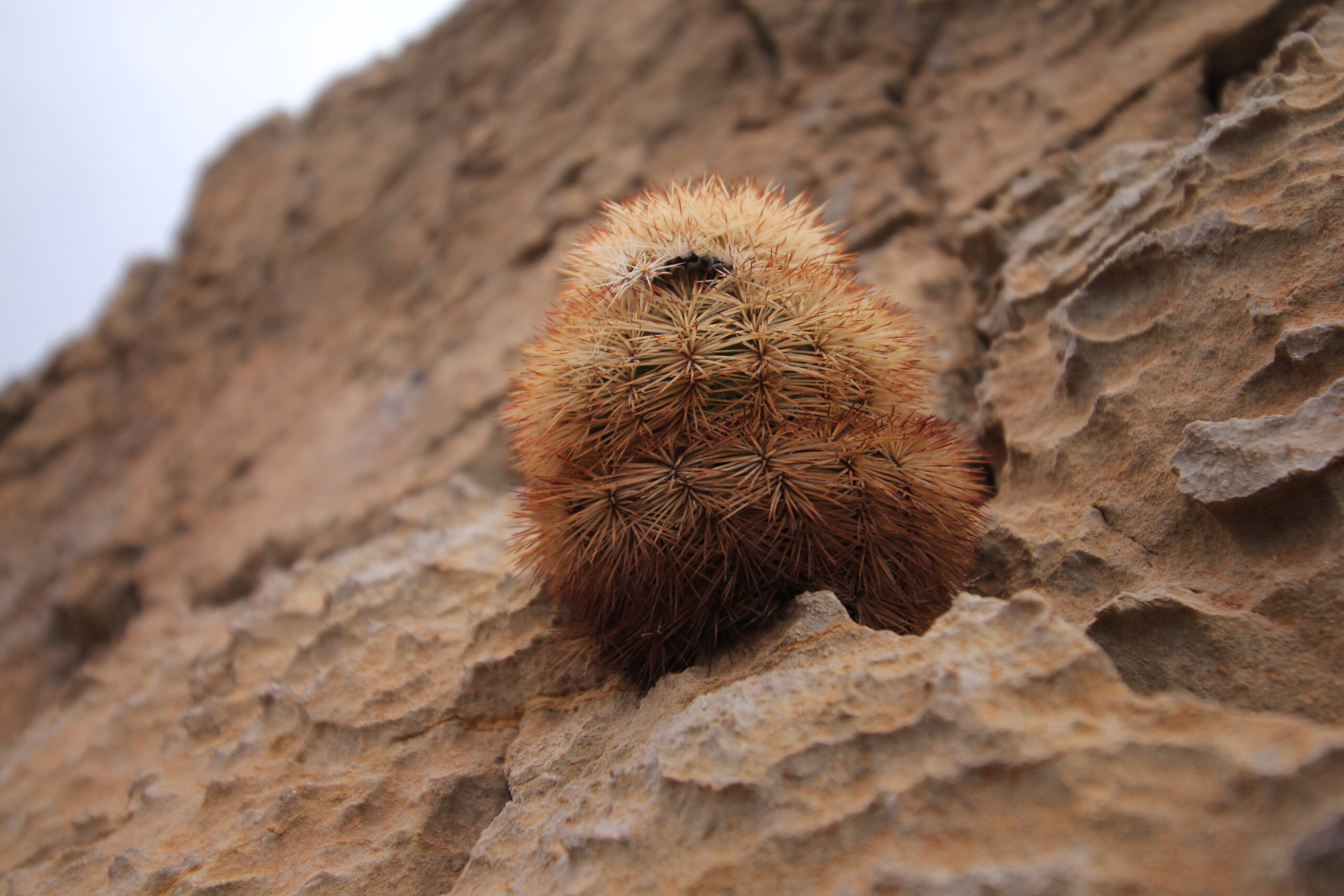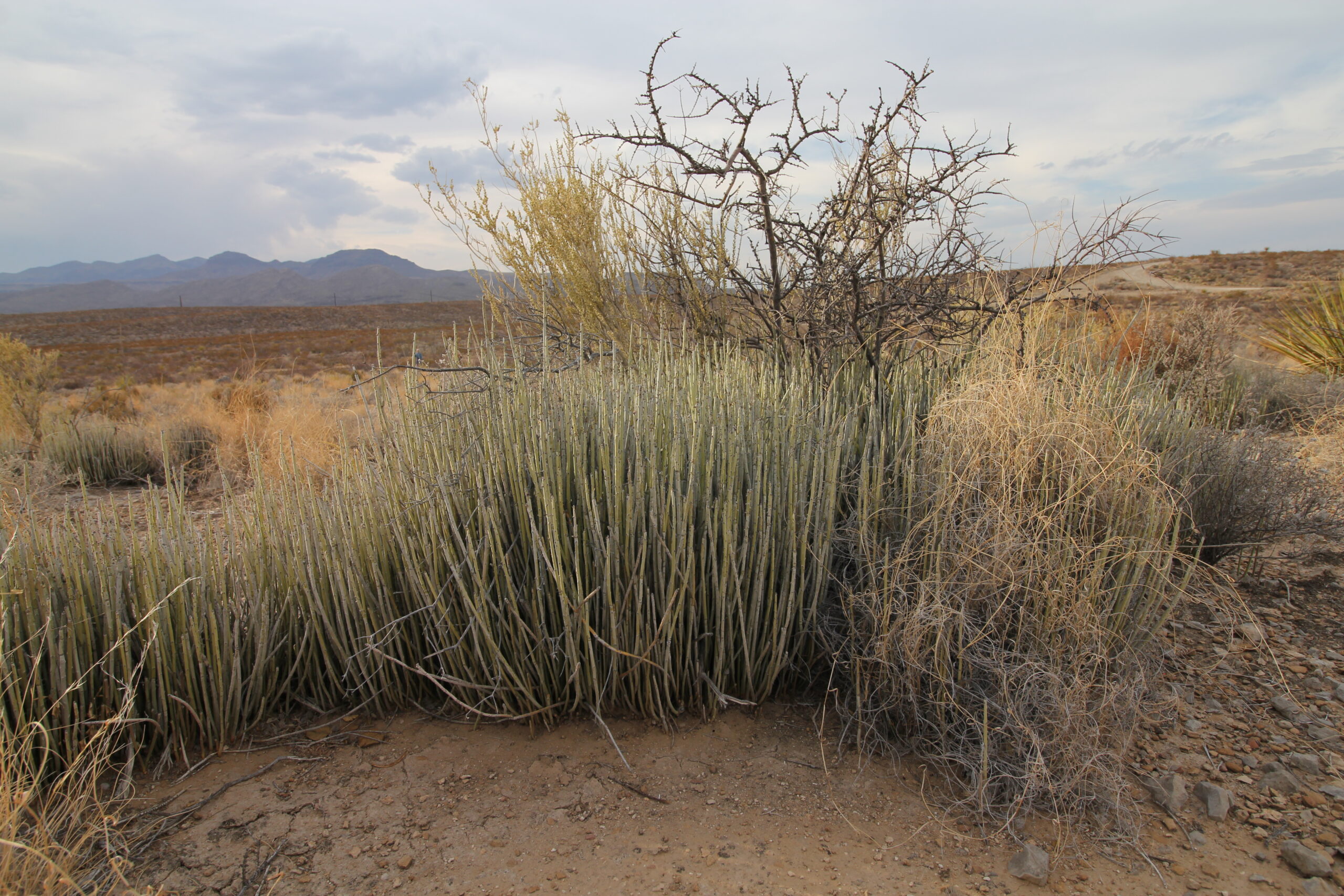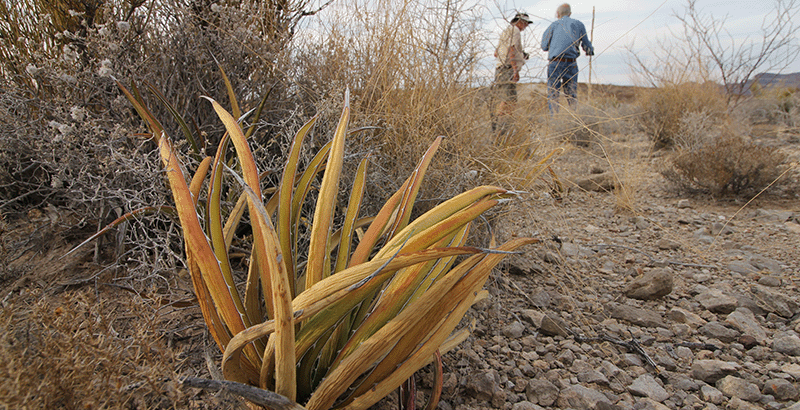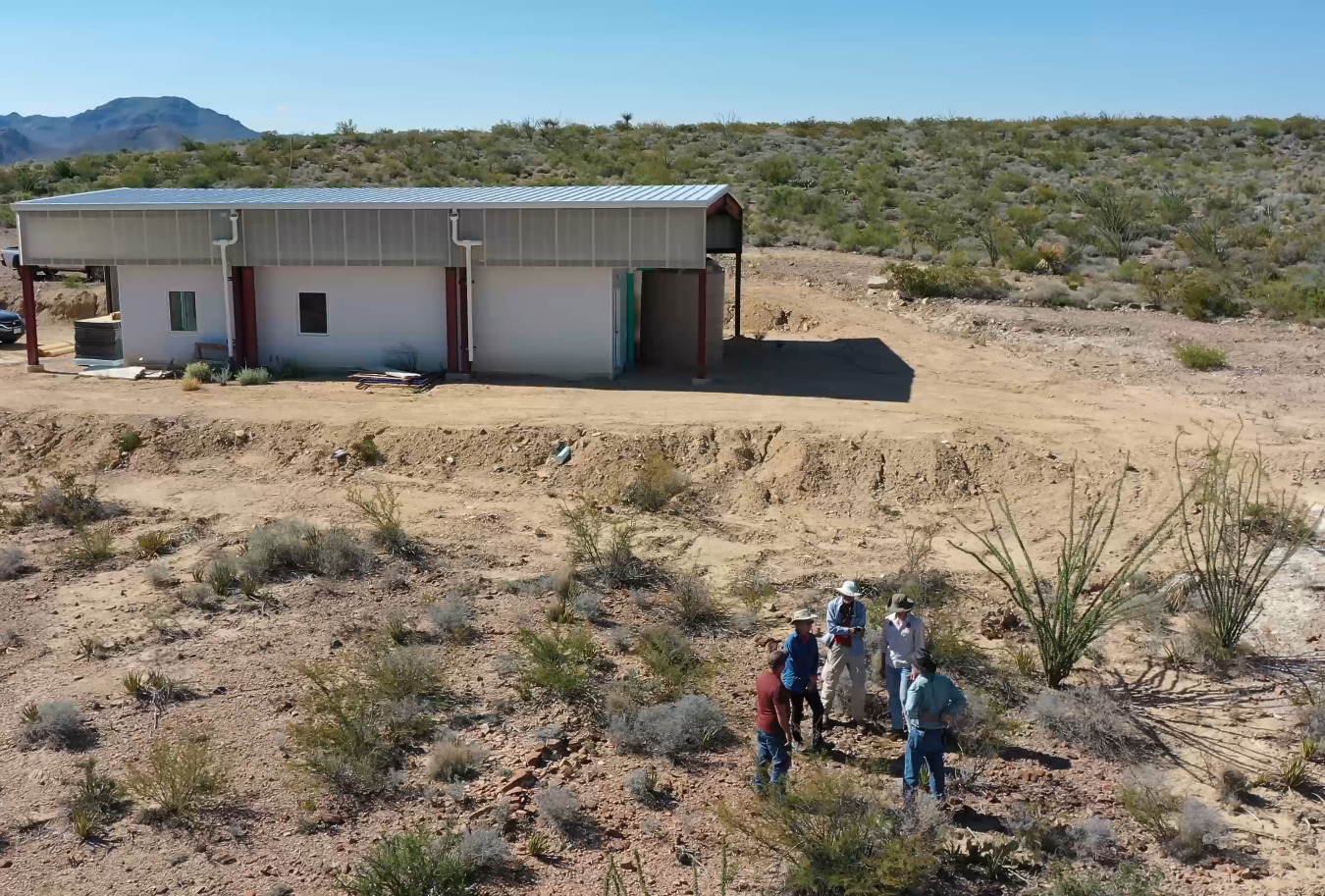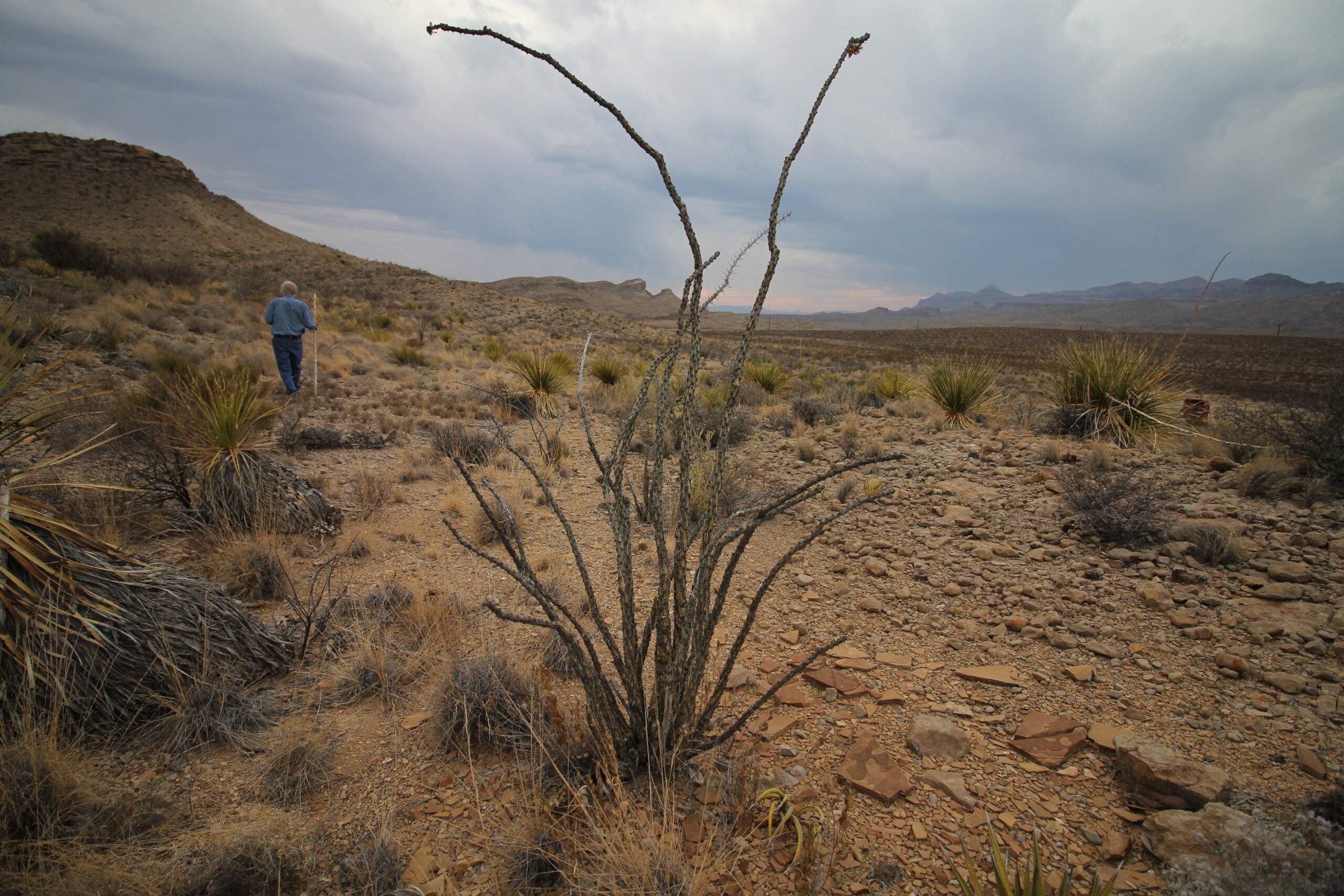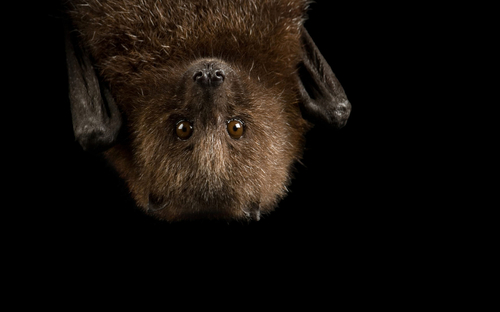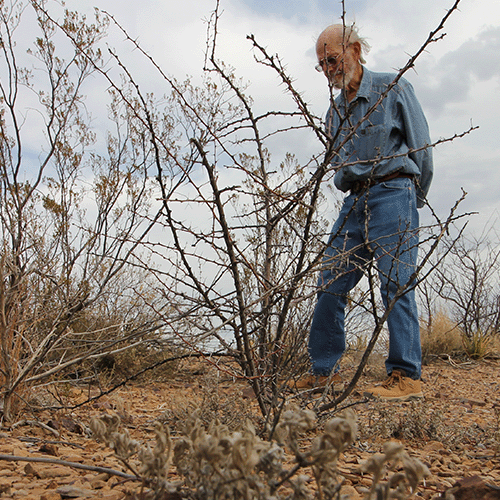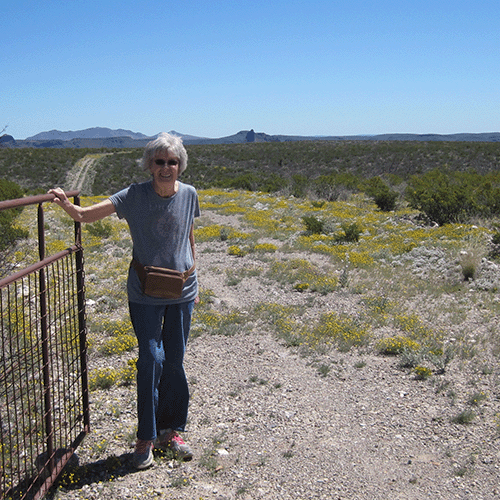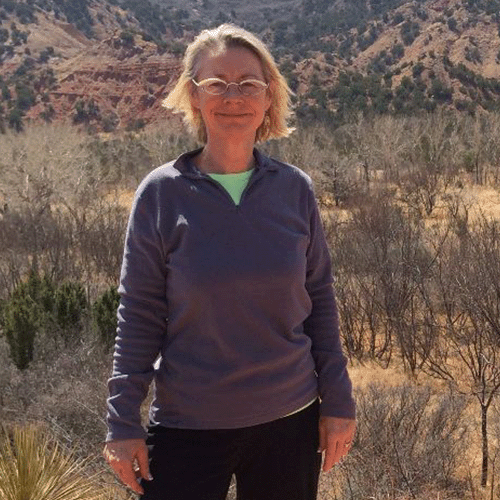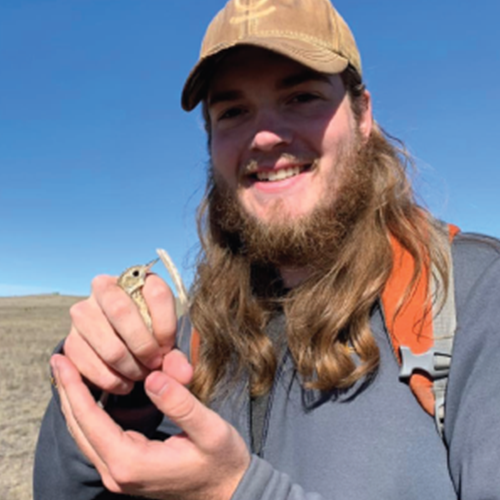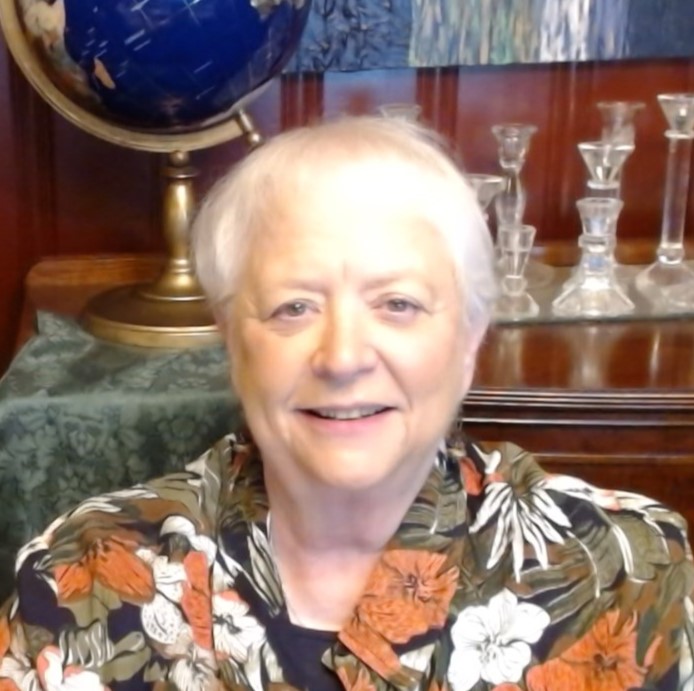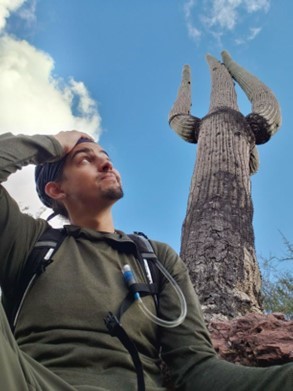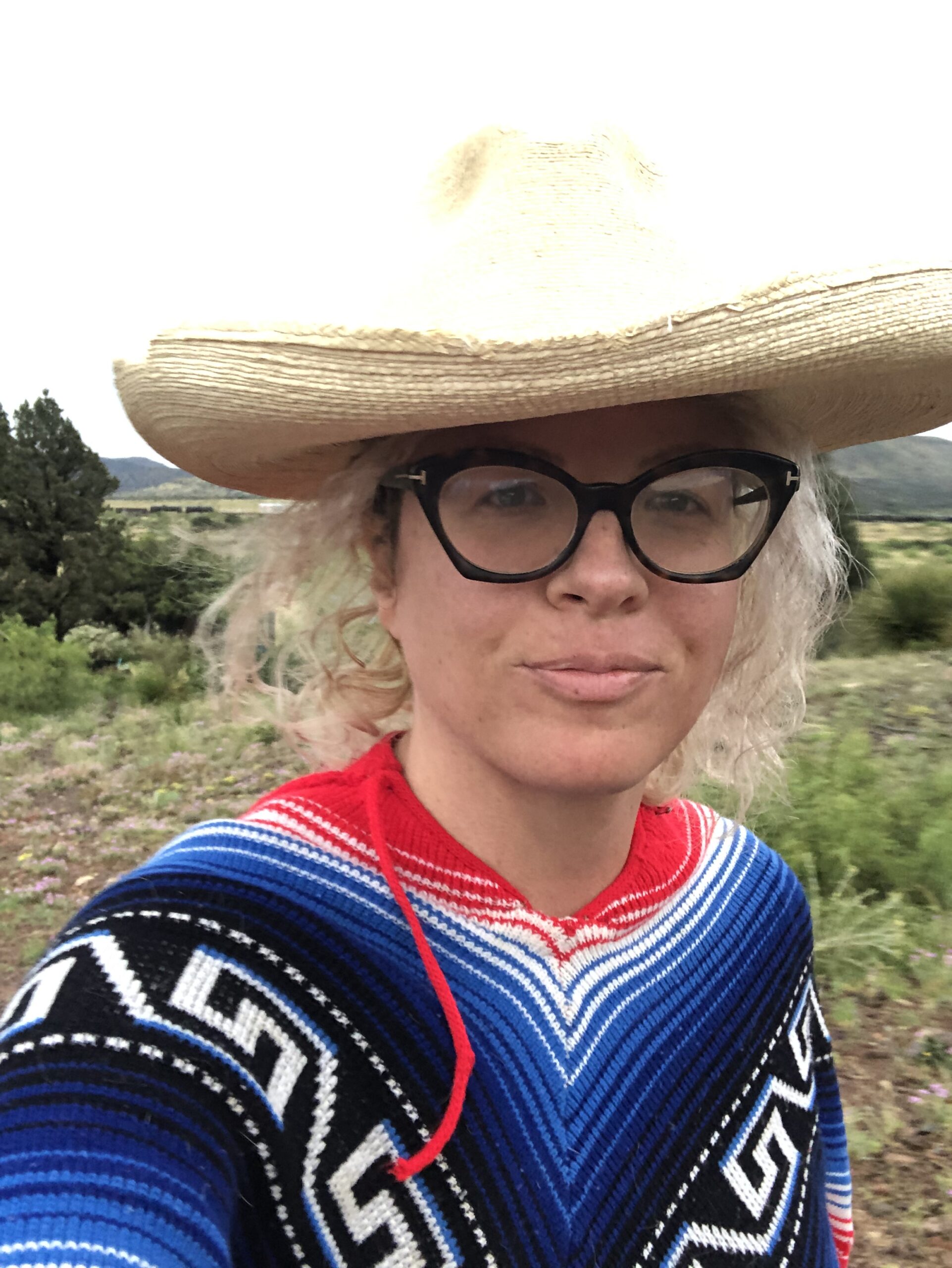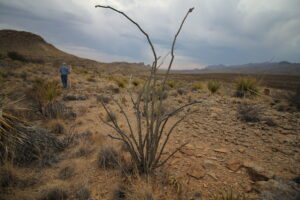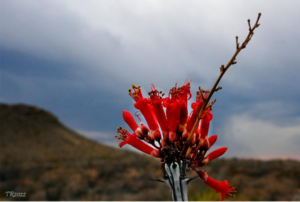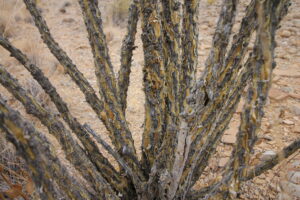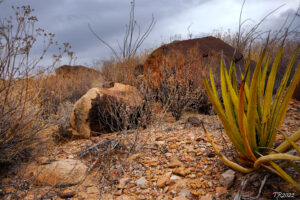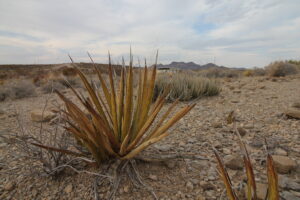MAKE A DIFFERENCE
The Wonders of the Chihuahuan Desert
The Chihuahuan Desert Preserve Association (CDPA) is a 501(c)3 charitable association whose mission is to develop, establish, monitor, and maintain adequate and active procedures and programs that lead to conservation of threatened, at risk, recently delisted, or endangered habitats and species of plants and animals through ongoing education, research, restoration of habitat, and the development of outreach activities. This would include, but not be limited to: environmental studies, educational (STEM) programs held at the Blake Williams Biological Research Station on the Preserve, and CDPA scholarships for research opportunities, enhancement/or restoration of habitats, surveys and inventories of species within habitats, propagation and genetic research, and long term programs that are used to preserve a given species and educate the public on the need for conservation, which may ultimately go a long way towards eventually removing these species from the endangered list.
A brief introduction to the Chihuahuan Desert follows, borrowed from a recent publication, The Other Side of Nowhere, by Roy Morey, Texas A&M University Press:
The CD is arguably the largest warm desert in North America, covering as much as 250,000 square miles. From north to south, the CD stretches from Socorro in south-central New Mexico to San Luis Potosí in Mexico; and from the southeast corner of Arizona to the Pecos River in Texas. The southern two-thirds of the CD lies mostly in the Central Plateau of Mexico. The northern one-third reaches into Trans-Pecos Texas, southern New Mexico, and southeastern Arizona.
In Mexico, the CD is bounded on the west by high mountainous terrain of the Sierra Madre Occidental, and on the east by mountains of the Sierra Madre Oriental. Since the Sierra Madre Occidental blocks moisture from the Pacific Ocean, and the Sierra Madre Oriental blocks thunderstorms from the Gulf of Mexico, the CD is known as a rain shadow desert, partly created by the barrier mountains.
Rainfall, averaging less than 10 inches annually, is also limited because the CD experiences only one true rainy season, from July to October, with torrential storms and rapid runoff. Because of the interior location and relatively high elevations (3000-5000 ft), desert winters can be cool or even cold, with periodic frosts. Summers, however, are long and hot, with temperatures regularly reaching above 100 degrees during the day and dropping sharply at night.
The CD is a shrub desert, with a largely limestone substrate, notable for its grasslands. Unlike the Sonoran Desert, which is dominated by large columnar cacti and small trees, the CD’s principal species are shrubs, especially the ubiquitous creosote bush. Many shrubs, such as mesquites, acacias and mimosas, and allthorn, are armed with spines, thorns, or prickles, which protect them from predators.
Semisucculent plants, such as agaves, yuccas, ocotillo, sotol, and candelilla, are adapted to the low rainfall. The widespread lechuguilla, an agave, is endemic, an indicator species of the CD’s geographic limits. Small cacti and medium-sized prickly pear are also characteristic of this shrub desert. Grasses are important but diminished from earlier times.
The CD is part of the Basin and Range Province, a physiographic region reaching from southern Oregon to Mexico, with elongated, north-south-trending mountain ranges alternating with flat, arid, warmer valleys. Due to its large size, isolation between barrier mountains, and elevation differences from mountains to valleys, the CD encompasses many varied habitats, and ranks as one of the world’s most biologically diverse deserts. Many local plant and animal populations have adapted and evolved with minimal outside influence. Up to 3,500 plant species occupy the desert’s microhabitats, and 1,000 of these may occur nowhere else.
(See Hoyt 2002; Ruhlman 2012; Ohl & Cloud 2001; Sanchez 1999).
we cherish the beauty of nature
Preserving the Chihuahuan Desert is our Mission
Recent Projects
We build to preserve the natural beauty of the Chihuahuan Desert:
On October 5th, 2024, The Chihuahuan Desert Preserve Association proudly announced the opening of the Blake Williams Desert Research Field Station. This state-of-the-art facility, named to honor the memory of Blake Williams, will serve as a hub for researchers from diverse disciplines, offering a unique opportunity to study and appreciate the rich landscape of the Chihuahuan Desert.
Leslie Townsend, Blake’s wife, has provided us with a thoughtful bio:
Articles from the Preserve
Latest Chihuahuan Desert News
Join the CDPA newsletter to gain more insight about the wonders of the Chihuahuan desert! This month, we talk about Desert Bats!
Lean more about different cacti located in the heart of the Preserve. This month we talk about the illustrious Barrel Cactus.
The Chihuahuan Desert is home to some of the most unique geology in the world! Located near Big Bend National Park, the Preserve holds an array of different rock formations and geological anomalies.
DISCOVER DESERT FLORA
Ocotillo
The slender, spiny, woody plant, with woody stems often considerably taller than humans, sporting unmistakable red flowers in the springtime.
Lechuguilla
The original common name for “lettuce” in Spain was “lechuga” — and the word “lechuguilla” was the Spanish diminutive derivative, “Little Lettuce”. This is a classic example of Spanish irony. When the Spanish Conquistadores arrived from Spain to conquer what is now known as Mexico, they brought much of their native Spanish language with them. In many cases, they would superimpose one of their Spanish words or phrases over the existing Iberian equivalent.
Want to see more? Check out this portfolio of Chihuahuan Desert Semi-Succulents: Chihuahuan Desert Semi-Succulents.

